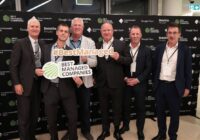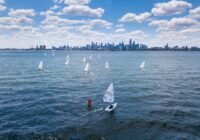SailGP has revealed the definitive action taken to reduce its carbon footprint in the league’s first Purpose and Impact Report, an honest and transparent document showing sport’s role in climate action.
The report, which was released last month, sums up the league’s environmental and social sustainability progress from Season 2 and compares it to the overall strategy. The report is the first of its kind and spans SailGP’s entire second season, from the Bermuda Sail Grand Prix in April 2021 to the season final at the Mubadala United States Grand Prix in March 2022.
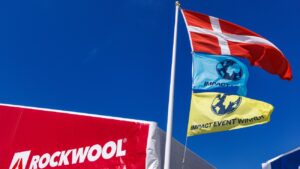
Key highlights across the season include the the first 100% clean energy event delivered at the ROCKWOOL Denmark Sail Grand Prix in Aarhus and the introduction of SailGP’s pioneering Impact League, which further incentivised teams to reduce their carbon footprint.
Elsewhere, clean energy accounted for 70% of all temporary event power, while a multitude of next-generation generators were trialed for the first time across events.
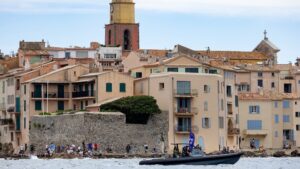
SailGP also introduced a number of initiatives at the start of Season 2, such as climate positive ticket program, which donates $1.50 from each ticket to projects that offset, and a food charter, which encourages low carbon choices and locally sourced primarily vegan and vegetarian food served in sustainable packaging.
However, SailGP is currently in a growth phase and grew from six teams to eight and from five events to eight events in Season 2. As expected, the league’s carbon emissions rose as a result to a total of 47,490 tonnes of C02E.
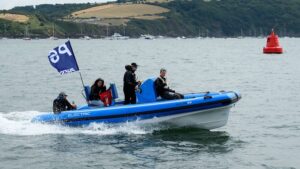
Despite this, SailGP was still able to reduce per event emissions by focusing on the emissions under its direct control, specifically temporary power and fuel in the support fleet. The area of biggest reduction was fuel for temporary power, which was down 29% overall and 56% per event. The league also achieved a 10% per event average reduction in support boat emissions by working with partners such as ePropulsion to provide electric mooring boats.
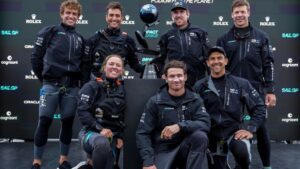
Elsewhere, SailGP incentivised teams through the Impact League to reduce their chase boat fuel and overall footprints, and introduced remote race management and umpiring to reduce the number of boats on the water. The league also worked with logistics partner Kuehne+Nagel to reduce freight-associated emissions and consolidated event equipment, resulting in a 10% reduction in event operation containers.
Fossil fuel alternatives in both land and sea transport reduced emissions on the European leg by 90%, avoiding 340 tonnes of C02E on the shipping from Cádiz to Sydney and onto San Francisco.
Most recently at the Great Britain Sail Grand Prix in Plymouth in July, Aggreko implemented the largest solar array SailGP has ever used and had bio-methanol as an energy source at a live event within the UK for the first time in history. This enabled the entire race village to be 100 per cent powered by clean energy.
Director of Purpose and Impact, Fiona Morgan said: “At SailGP it’s our ambition to be the most purpose-driven and sustainable global sports platform, so that means doing things differently, being brave and operating with innovation to make our sport better and be better for the planet.
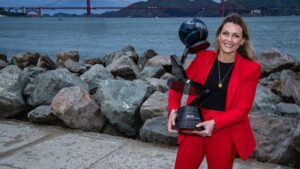
“We’ve seen the league grow exponentially, with our broadcast figures increasing by 44 per cent in Season 2 and expected to increase by 68 per cent in Season 3 to more than 110 million viewers. The league events have also expanded, going from eight events in Season 2 to 11 events in Season 3 and expected to be 14 events in Season 4.
“With this increase comes a real challenge to continue minimising our footprint while our business expands, but it also presents a great opportunity to engage with a wider fanbase to promote sustainability, diversity, and inclusion, and have a real impact on the places we visit.”
Read the full Purpose and Impact Report HERE.





